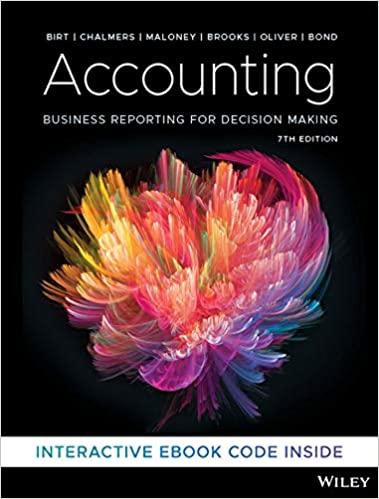Samsung considers innovation to be crucial to its business. It values speed and exploration of new markets
Question:
Samsung considers innovation to be crucial to its business. It values speed and exploration of new markets in order to remain competitive in a market with a constant influx of new technologies. Samsung has outlined that ‘[t]hrough the interplay of creative, imaginative people; a global R&D network; an organisation that encourages collaboration and cooperation among business partners all along the supply chain; and a strong commitment to ongoing investment, Samsung has put R&D at the heart of everything we do’ (Samsung 2013).
Investment in research and development (R&D) has been highlighted by Samsung as a key way in which it responds to ‘highly uncertain’ and ‘increasingly competitive’ markets, and assists it in securing intellectual property rights and standardising technology. In 2013, Samsung outlined that 9 per cent of its sales revenue was invested in R&D each year (Samsung 2013). Samsung furthered this investment in 2017 when it invested more than US$15.53 billion in R&D. Only US$413.78 million of the development costs were capitalised (as an intangible asset) and Samsung ‘considers technical feasibility and future economic benefits when capitalising development costs’ (Jin-young 2018).
Required
(a) Construct an argument justifying research costs being expensed, rather than capitalised and recorded as assets in the statement of financial position.
(b) List the factors to be considered in determining the probability of a development project generating future economic benefits.
(c) Imagine that development costs were capitalised, but it subsequently became apparent that the project would not generate future economic benefits. Report on how to account for this.
(d) Samsung notes that its team of talented researchers and engineers is its strongest asset. More than a quarter of all Samsung employees work every day in R&D, collaborating on strategic technologies for the future and original technologies designed to forge new market trends and set new standards for excellence at the company’s research facilities around the world. From a financial accounting perspective, discuss whether employees are assets to be recognised in the statement of financial position.
Step by Step Answer:

Accounting Business Reporting For Decision Making
ISBN: 9780730369325
7th Edition
Authors: Jacqueline Birt, Keryn Chalmers, Suzanne Maloney, Albie Brooks, Judy Oliver, David Bond





